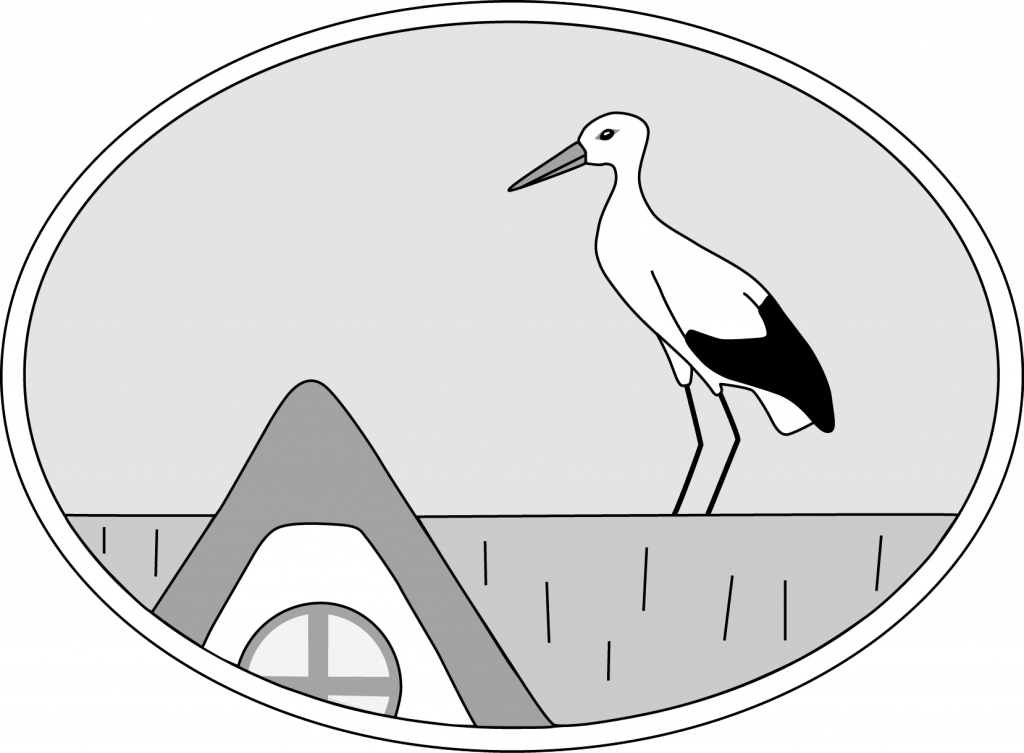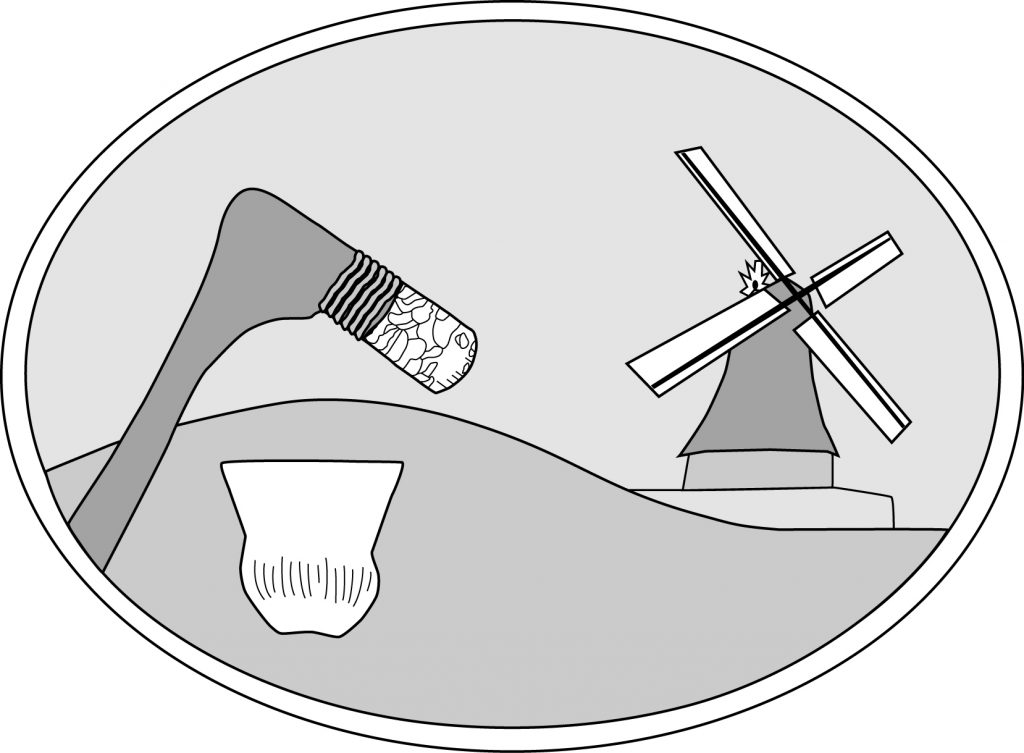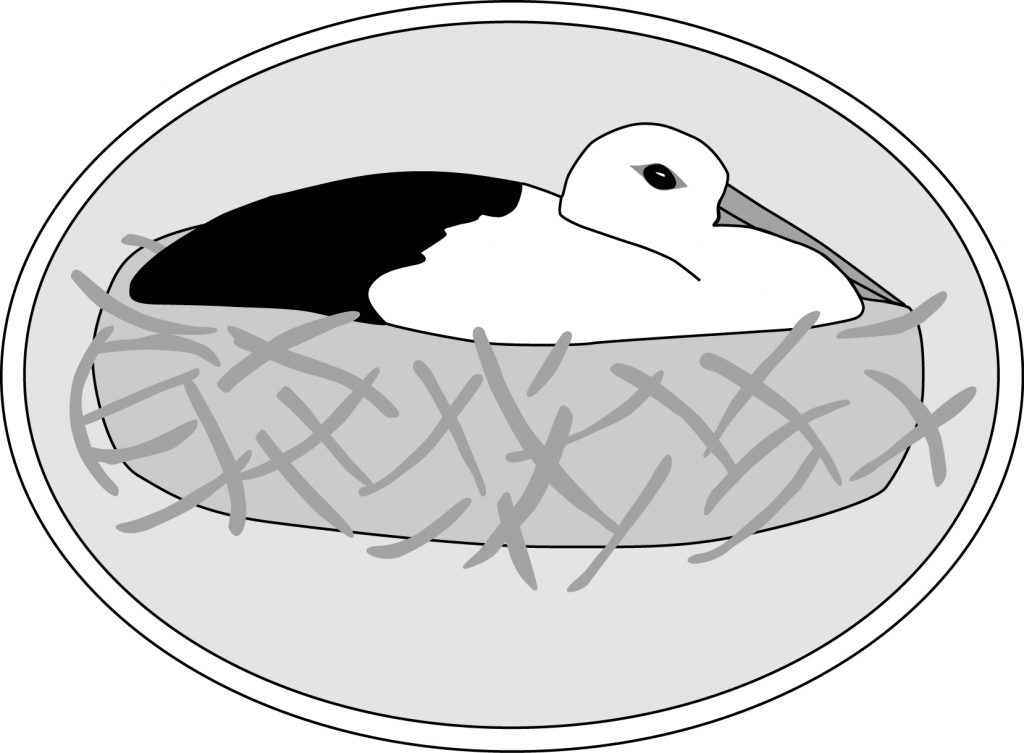We are very pleased about your interest in our beautiful village and its frequent summer guests, the white storks! More than 20 pairs nest here every summer, so there is a lot to discover and all kinds of new things to learn, not only about storks, but also about the history of our village.
The best way to do this is on your own, on foot or by bike. In the village, there are two circular trails for this purpose (silver posts with blue and/or red arrows), on these you will find some large blue display boards with the most important information about the stork and its habitat.
If you would like to learn more, then feel free to use our SmartGuide! For this purpose, signs with QR codes have been placed in special spots in the village and the surrounding area:

If you scan them with your smartphone, you will get more detailed information about specific stork nests or points of interest. These are also available in English, Danish and Low German. You also have the option of having the texts read aloud to you. The texts were all professionally recorded by speakers in a sound studio for this purpose.
The exact locations of the QR codes and other useful information can be found in two leaflets, which are available at central locations in the village and at the Michael-Otto-Institute at NABU (Goosstroot 1). One leaflet is dedicated to the white stork, the other to the cultural history of Bergenhusen. You can easily distinguish the tours by their logos:

Stork tour “In the village of the white storks”
On two circular trails you will learn everything worth knowing about the white stork. If you follow the red circular trail, you will pass numerous nests on a short walk through the village centre. The longer blue circular trail leads through the feeding areas of the storks in the Sorge Lowlands. These signs offer a supplement to the information on the display boards for those who have a particular hunger for knowledge.

History tour “Culture meets nature”
A bicycle tour through Bergenhusen and the surrounding area takes you to various archaeological monuments and sites as well as to historical and modern buildings well worth a visit. In this way you will learn how man has shaped the surrounding natural landscape and ultimately turned it into a storks’ paradise: Only with knowledge about the past can you understand the present.
In addition to the stork tour, there are also information signs with QR codes at almost all stork nests:

What’s going on in the stork nest?
Here you can find information about the nests and the breeding storks. On the homepage set up especially for this purpose, contributions are regularly updated by our staff so you can follow what is happening in the nest live.
The team from the Michael-Otto-Institute at NABU wishes you a fascinating stay!

